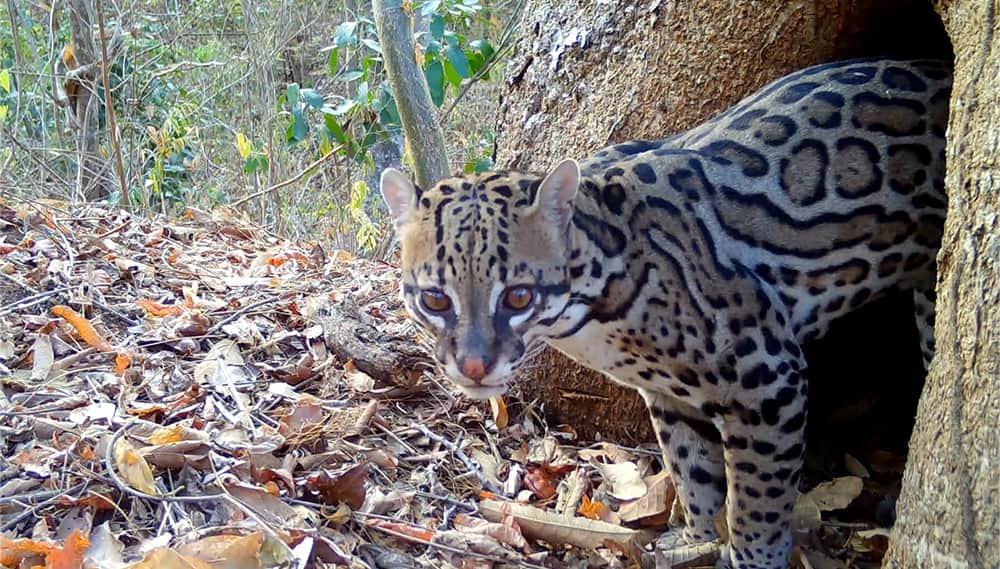Costa Rica’s southern region, home to the Osa Peninsula and Corcovado National Park, boasts some of the planet’s richest biodiversity. Jaguars, tapirs, and scarlet macaws thrive in rainforests that draw eco-tourists from across the globe. But local conservationists warn that infrastructure projects, like road expansions and potential electrification, could harm these fragile ecosystems if not carefully planned.
National Route 245, stretching through Osa and Golfito, connects Puerto Jiménez to Carate Beach, a gateway to Corcovado. Built to ease access to national parks and the local airstrip, the road fuels ecotourism, which accounts for 8.2% of Costa Rica’s GDP. Yet, without proper environmental studies, roadwork has raised alarms.
Conservationists report wildlife deaths, including ocelots and monkeys, struck by vehicles on busy stretches. “Roads cut through habitats, splitting animal populations and making it harder for species to survive,” said a local environmentalist. Studies show habitat fragmentation from roads and agriculture threatens endangered species like spider monkeys across Costa Rica.
The stakes are high in Osa, where Corcovado National Park alone hosts over 500 tree species, 140 mammals, and 400 birds. National Geographic once called it “the most biologically intense place on Earth.” Tourists flock to hike from La Leona to Sirena ranger stations, spotting elusive jaguars or vibrant macaws. But growing visitor numbers and nearby development strain the region. “Ecotourism brings jobs and pride to our communities,” said a Puerto Jiménez tour operator. “But if we lose our wildlife, we lose what makes this place special.”
(The Reel is in Spanish.. I hope you find the time to have it translated if need be.)
Another concern is the potential expansion of the national power grid into rural Osa. Costa Rica generates 98% of its electricity from renewables, a global model for sustainability. Still, extending power lines to remote areas risks disrupting forests and wetlands. While no confirmed plans target Corcovado’s entrance, conservationists urge caution. “Any electrification must include rigorous environmental assessments,” said an Osa-based activist. “We can’t sacrifice biodiversity for progress.”
Costa Rica’s ecotourism model is a success story. Nearly 30% of the country’s land is protected, and programs like the Certification for Sustainable Tourism set global standards. Experts now push for “regenerative tourism,” which goes beyond minimizing harm to actively improve ecosystems. For example, the Bosque Vivo project in Corcovado monitors bird species to gauge forest health, showing how tourism can support conservation. But poorly planned infrastructure could undermine these efforts.
Local voices call for balance. Road repairs are needed—Route 245’s potholes frustrate residents and tourists alike—but projects must follow strict environmental rules. “We need development that respects nature,” said a Golfito community leader. “That means experts, studies, and transparency.” Community-led initiatives, like those in Puerto Jiménez, already show promise, hiring locals as guides and supporting conservation.
The government faces a tough choice: improve infrastructure to boost the economy or prioritize the ecosystems that make Costa Rica a green beacon. With two-thirds of the country’s three million annual visitors drawn by nature, the answer seems clear. “If we protect our biodiversity, we protect our future,” said the Osa activist.
As Costa Rica charts its path, the southern region’s fate hangs in the balance. Thoughtful planning could preserve Osa’s wild heart for generations. But rushed projects risk a costly loss—not just for wildlife, but for the communities and visitors who cherish this extraordinary corner of the world.
To support conservation efforts in this region, visit the BioSur Foundation







